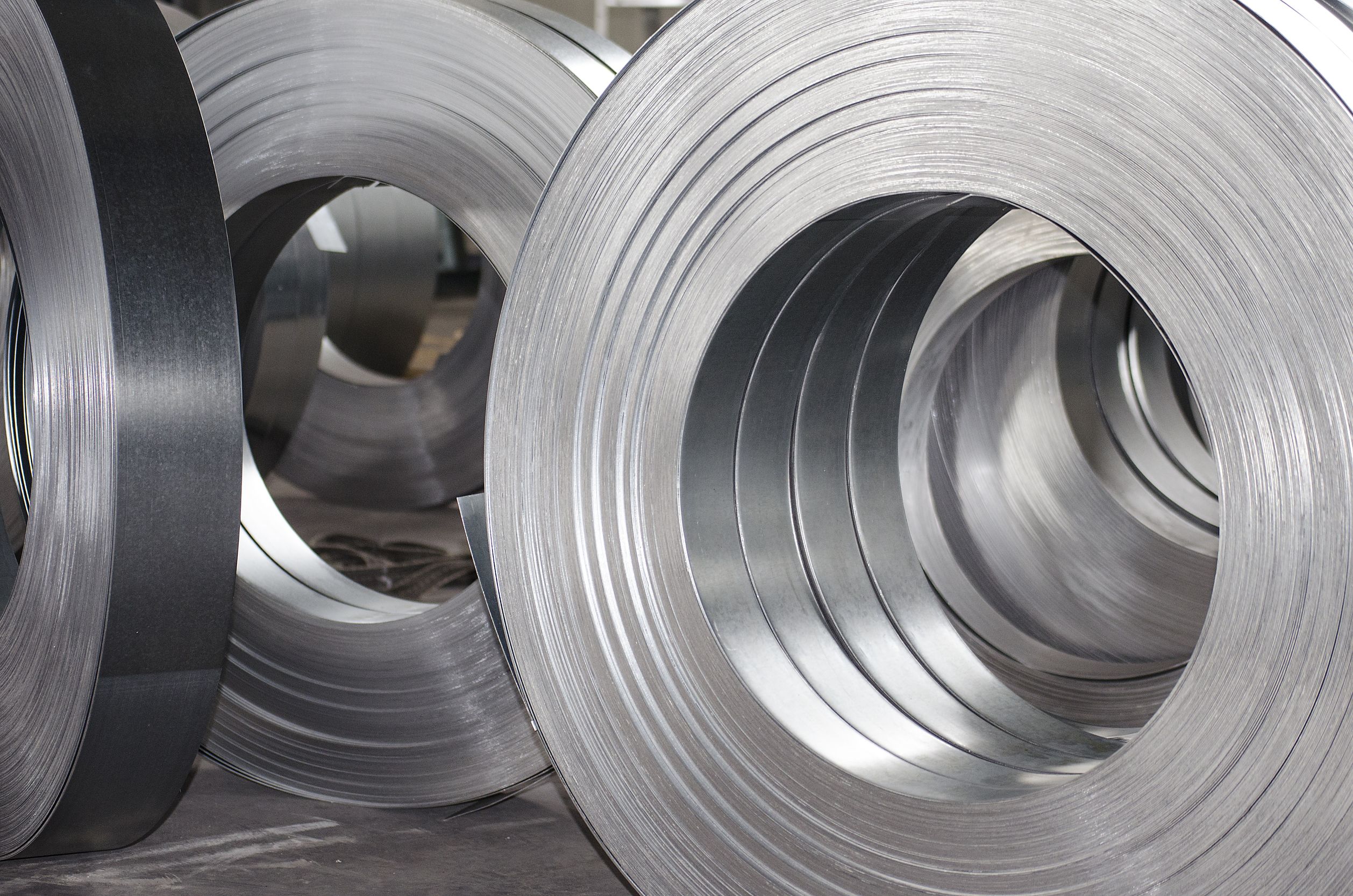Small domestic manufacturing operations face many challenges today, and things are not getting any easier. With the competition overseas often benefiting from much lower labor costs, companies in the United States have to be sure to become as efficient as possible. That means maximizing the output from every dollar spent, so many quite naturally look to ways of making a given manufacturing process or line more productive. At the same time, getting a better deal on supplies can prove to be an even more effective way of keeping costs down and improving overall competitiveness.
One important option for many manufacturing concerns to look into is the use of Secondary Stainless Steel, where appropriate. The prime steel that many companies normally default to carries a price tag commensurate with its quality, meaning that the market rate will typically be the highest for a given alloy and format. While there are applications where only steel of prime grade will suffice, the fact is that many relatively flexible small manufacturing companies can make do with other kinds entirely.
Contrary to what the name might suggest to some, Secondary Stainless Steel obtained from suppliers will not normally be of an inherently lower quality. Instead, steel of this grade usually consists of the cuttings left over from when a certain stock of prime grade material was exhausted by the original buyer. In some cases, that can mean obtaining small scraps that will only be of use to those with very particular requirements. In others, though, securing nearly an entire roll or sheet of the desired type of steel will become realistic.
One downside typical of relying on supplies of this kind is that some extra work will have to be expected. Buying and using prime steel will mean knowing that a particular material format will always be available, and related processes can be developed with that conviction in mind. Using secondary steel will require more in the way of flexibility in every case, as adjustments will have to be made to account for the characteristics of the current stock of supplies. Even so, the cost savings will often make up for this drawback and then some. You can also follow them on Twitter.
